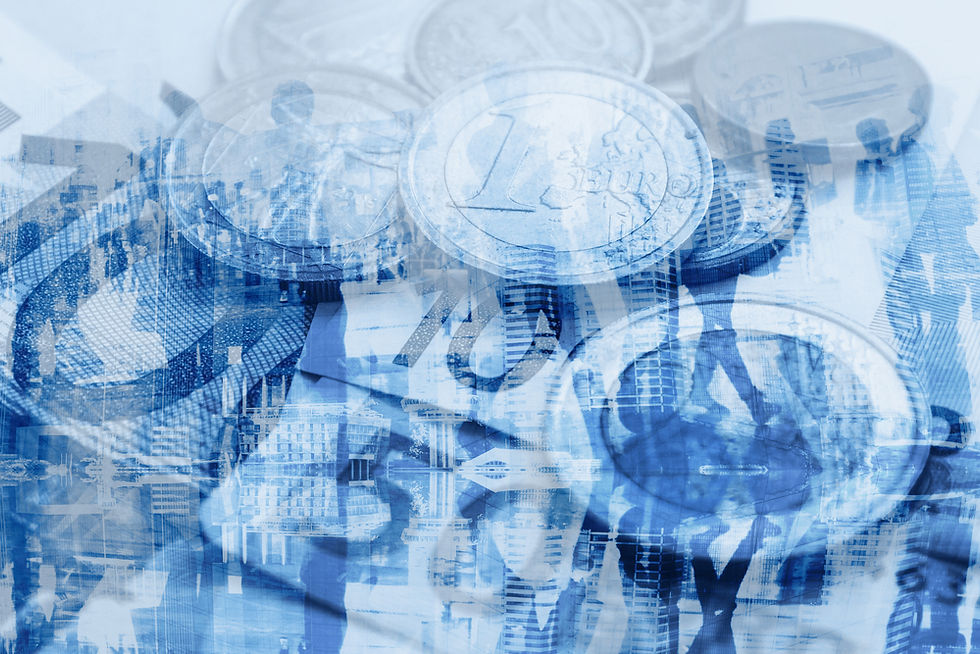It's Not 2011: Why the Effects of Government Help May Be Different This Time
- NYee
- Jul 2, 2021
- 3 min read

Some investors today are not concerned about the Federal Reserves’ ongoing response to the pandemic (buying $80B of Treasury notes and $40B of mortgage securities + keeping the Fed Funds rate near 0%) because they think they’ve seen this movie before: after the financial crisis the Fed engaged in several iterations of bond buying (known as “quantitative easing” or QE), as its balance sheet grew to $4.3T prior to the pandemic(1). But inflation never followed. Therefore, as the Fed continues the pandemic version of QE, there’s no cause for concern or reason to expect sustained inflation. The Fed has things under control.
But this time might be different. And Jamie Dimon’s letter to JP Morgan shareholders this year may offer some insights into why.
Dimon points out that changes in bank regulatory policy that followed the financial crisis at least partly offset the impact of QE and fiscal stimulus. Those regulations required banks to keep a higher proportion of their assets in cash and liquid securities; as a result, a significant drop in the loan-to-deposit ratio followed. In essence, the new restrictions limited the ability of banks to extend credit, and therefore much of the QE money ended up as bank deposits with the Fed (making a round trip). If those dollars been lent out based on bank liquidity requirements prior to the financial crisis we may well have seen more robust economic activity (and perhaps higher inflation readings).
Will that happen this time?
“Circumstances and starting points matter. Before the great recession you had an overleveraged financial system and overleveraged consumers. For years after the Great Recession, there was a massive deleveraging in the United States by consumers, many investors and financial institutions, somewhat due to regulations. Today, this is not the case…the average consumer balance sheet is in excellent shape…corporations also have an extraordinary amount of cash on their balance sheet…so they have very little need to deleverage. The QE in this go around will have created more than $3 trillion in deposits at U.S. banks, and, unlike the QE after the Great Recession, a portion of this can be lent out.”(2)
There are a lot of questions about the Fed’s response to the pandemic and why it persists with emergency money conditions as the economic recovery continues. Even at the height of the pandemic crisis, it wasn’t clear why the nation’s central bank needed to buy the bonds of Walmart and Nike. And it’s not clear now why they need to keep buying $40B of mortgage securities every month even as there is a growing shortage of housing stock.
Regardless, banks, consumers, and corporations are in a very different place than they were 12 years ago. Serious federal deficit spending is likely to continue. Yes, pandemic-related supply chain issues will likely abate, but as the economy recovers from the pandemic and the output gap closes (economy’s actual output compared to potential output), the potential for inflation is real. A sustained preference to buy goods and services…ongoing supply constraints in some industries…aversion to holding cash and Treasuries…further increases in supply of cash and Treasuries…all could contribute to sustained inflation.
Inflation is in part a function of psychology and is difficult to predict. But things are different than they were 12 years ago, and we need to pay attention.



Comments